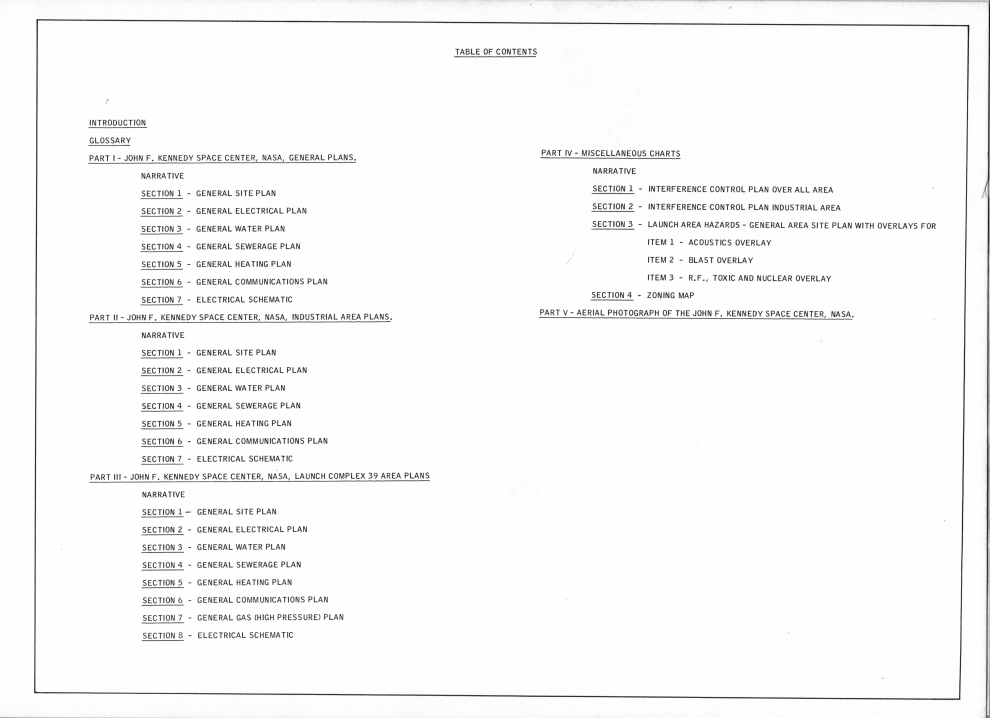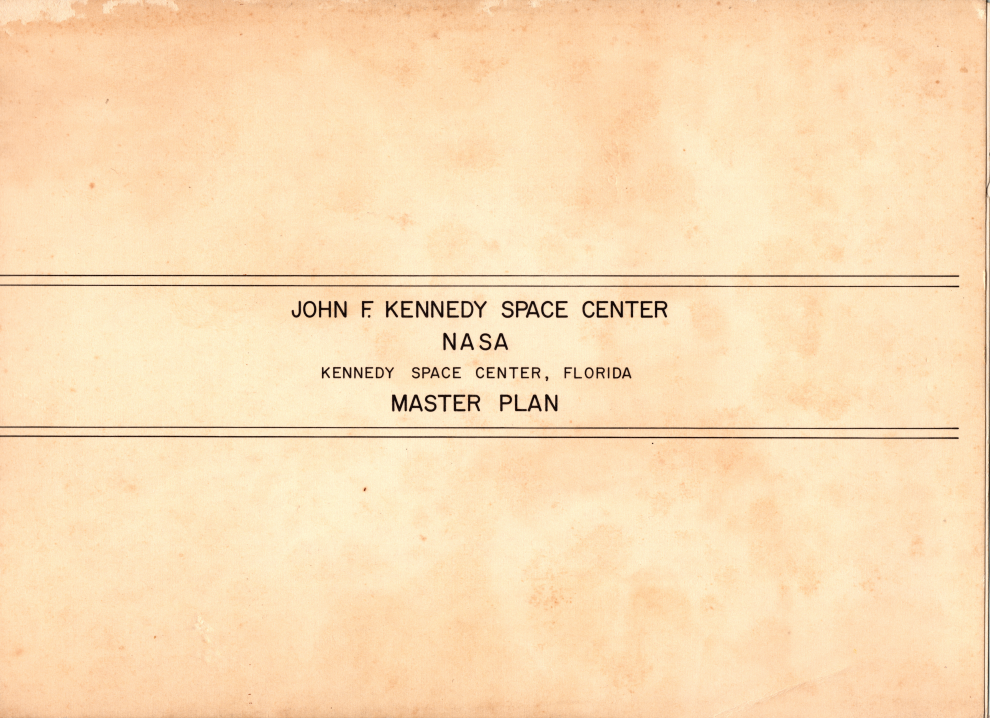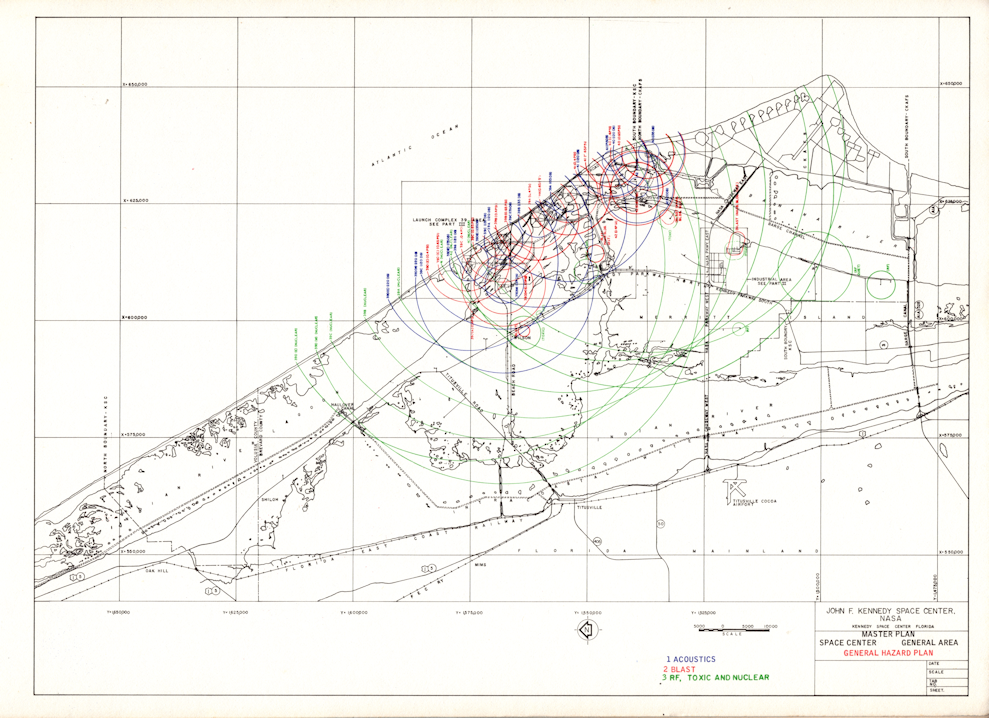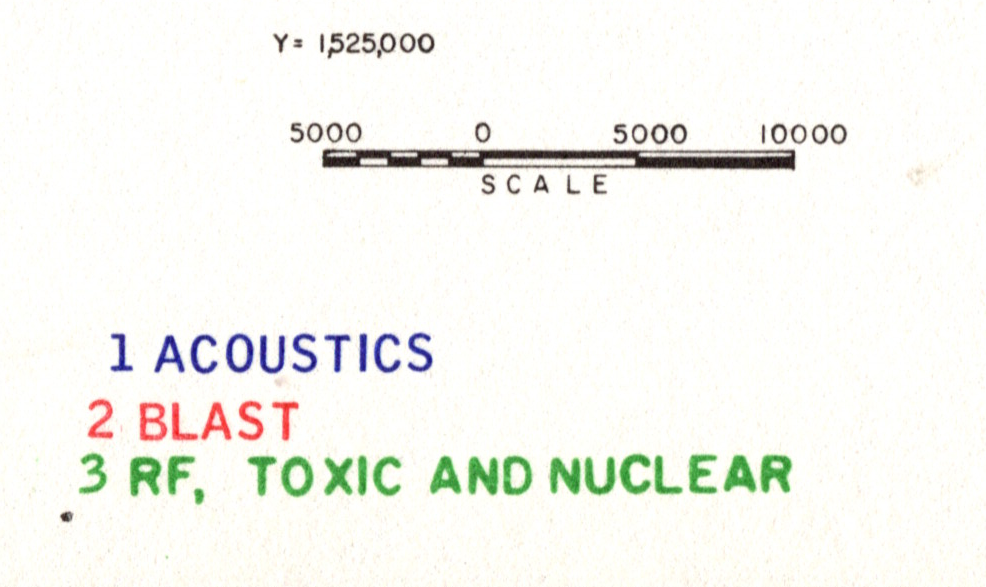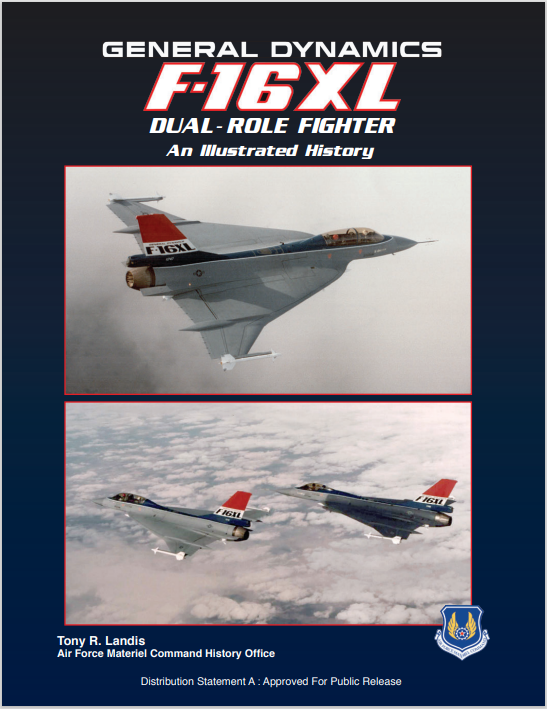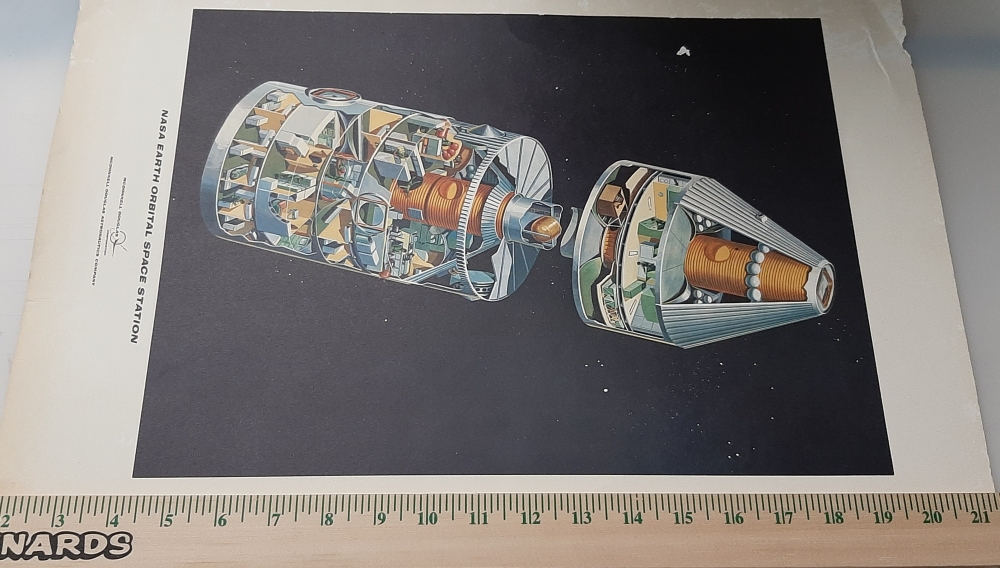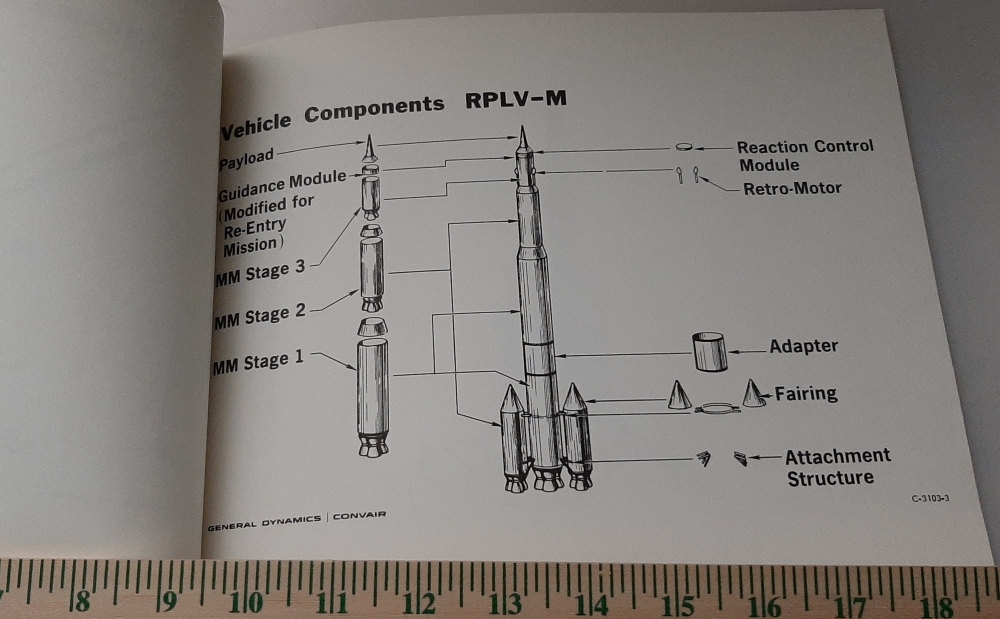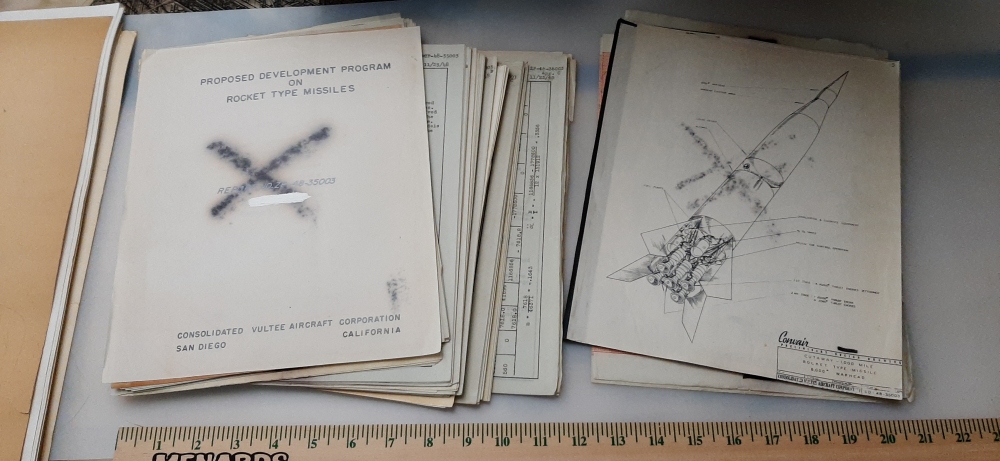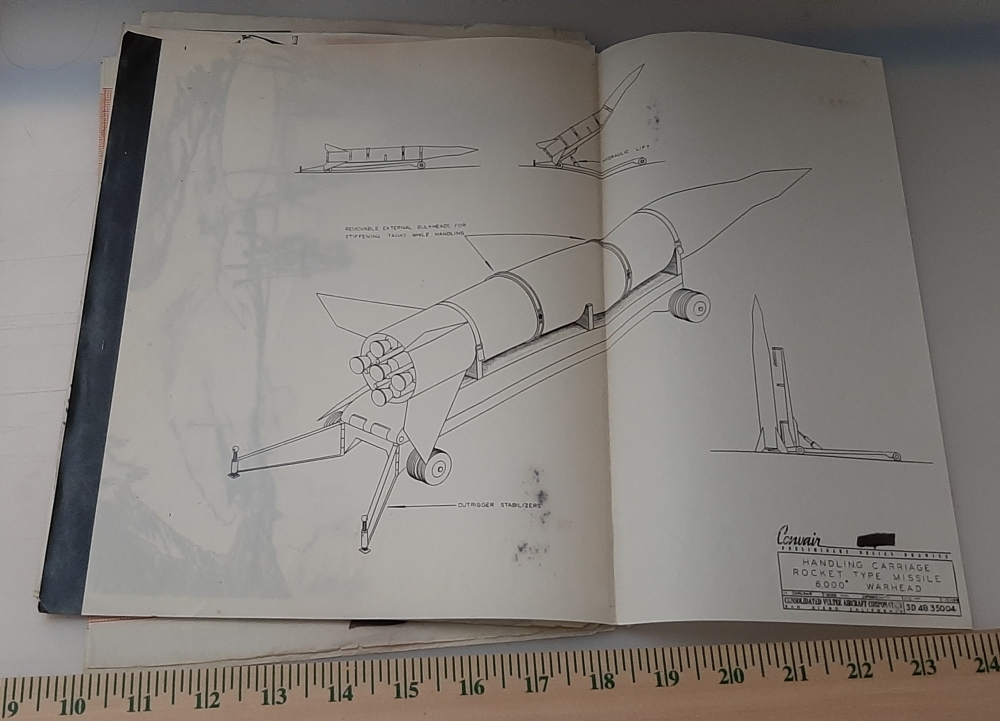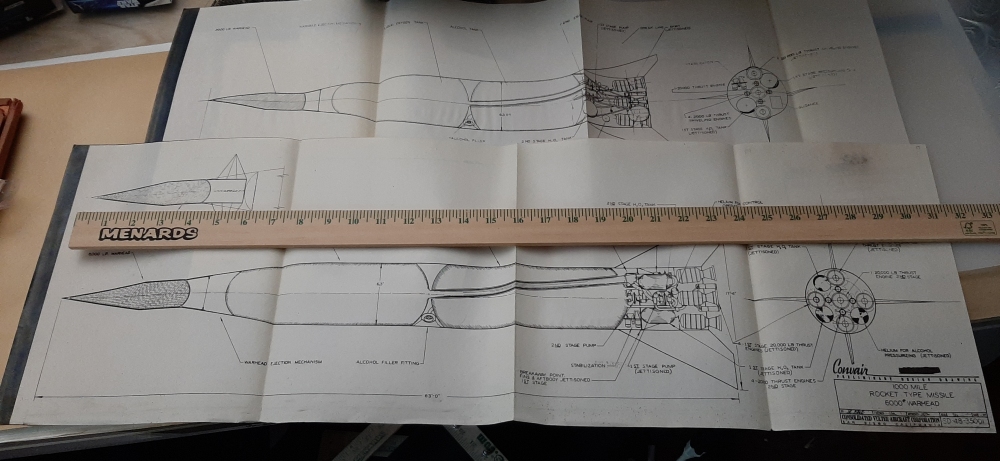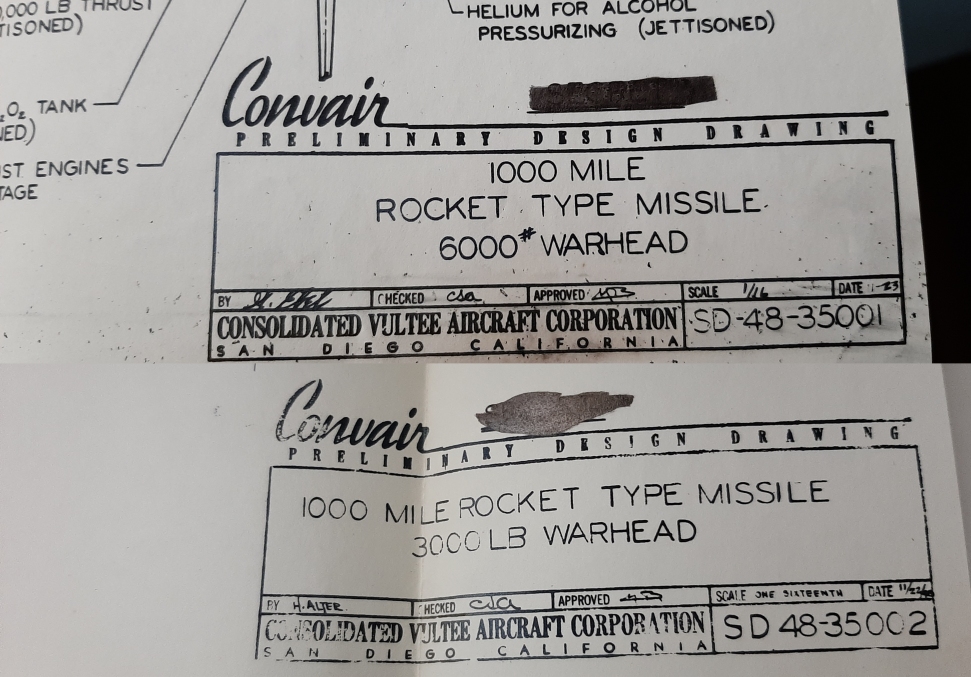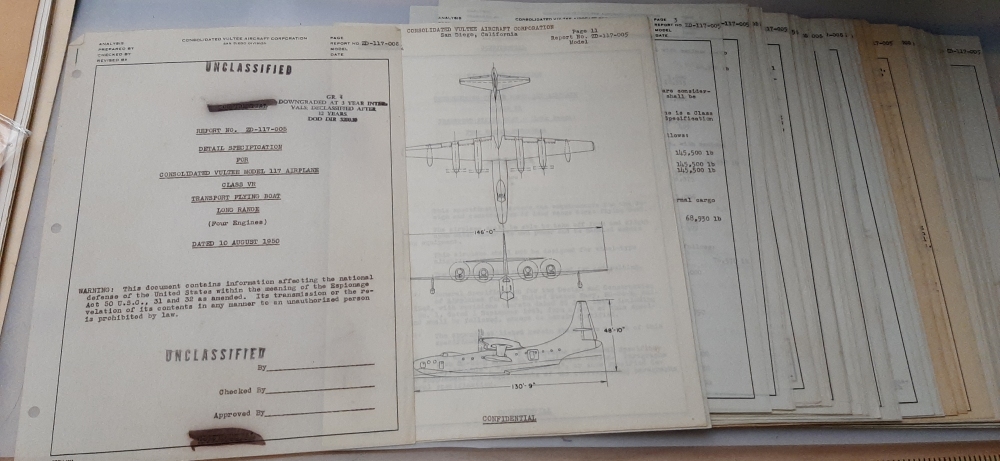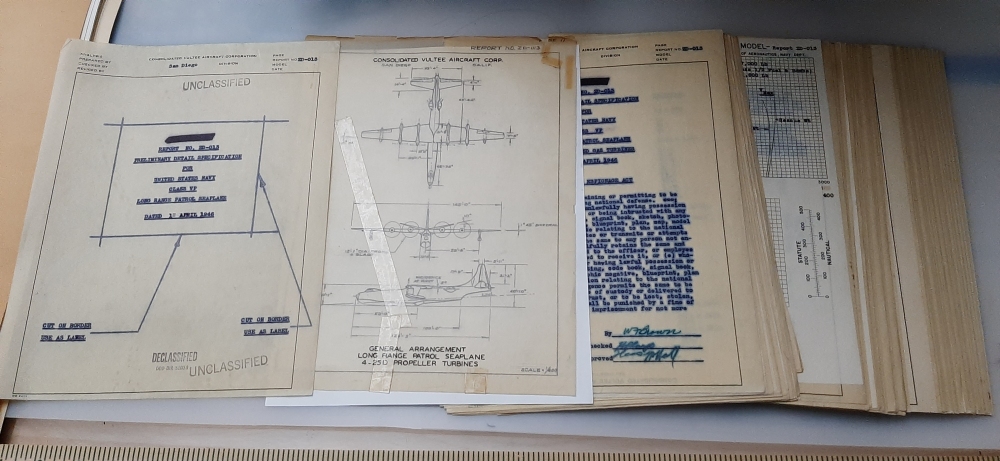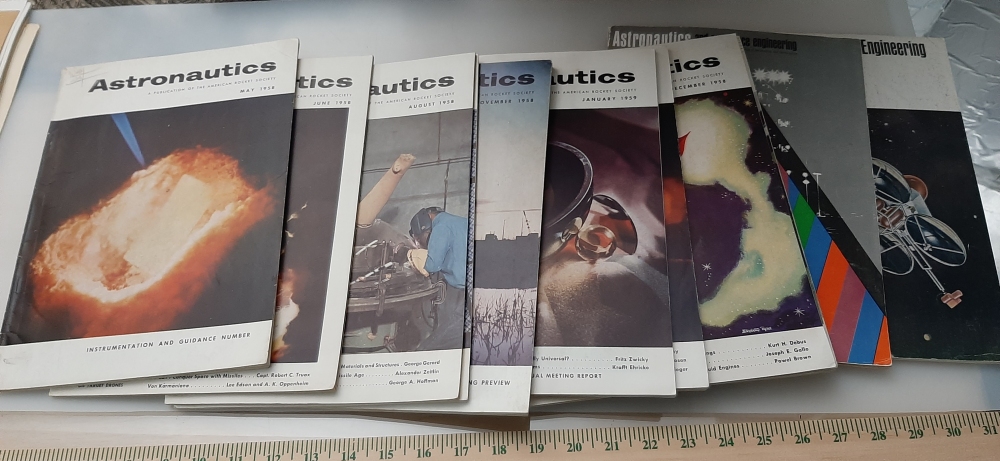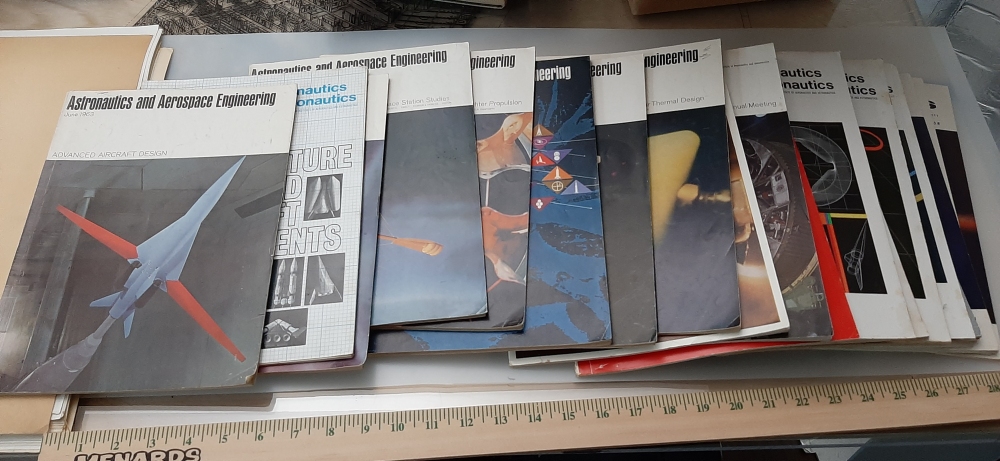Tony Landis has just released – for free – his book on the F-16XL:
https://wss.apan.org/public/AFMC-History-Office/Shared Documents/F-16XL Book_Final-web (1).pdf
It’s a 285-page heavily illustrated PDF; highly recommended. It will soon also be available as a paperback through Amazon:
Neat.
Thanks to ebay and my fabulously lean bank account, I have recently procured a number of items of potential interest:
“NASA Earth Orbital Space Station,” a poster-sized lithograph from McDonnell Douglas depicting a space station that tumbles for artificial-G.
“Re-Entry Payload Launch Vehicle,” A *brief* General Dynamics presentation on a vehicle to launch re-entry vehicles such as MIRV warhead shapes
“Proposed Development Program on Rocket-Type Missiles,” a 1948 Convair report on early ballistic/boost glide missile concepts, that would lead to Atlas. Includes some fantastic large format layout diagrams.
“Detail Specification for Consolidated Vultee Model 117 Airplane Class VR Transport Flying Boat,” August 1950, all the details on the then-brand new Tradewind.
“Detail Specification for Class VP Long Range Patrol Seaplane,” Consolidated Vultee 1946, all the details on a proposed flying boat patrol/bomber
32 issues of “Astronautics” magazine from 1957 to 1969, mostly 57-59 and 63 or so.
The lithograph and the reports will be scanned and put forward for consideration for monthly rewards; the magazines will have the interesting bits scanned and made available to the subscribers/patrons.
Here’s something you don’t see too often… someone firing *numerous* rounds from a Gyrojet. Each of these .45 caliber rounds are solid propellant rocket units, last manufactured in the 70’s or so. They apparently run about $200 *each,* which makes me wonder if there might be a market for newly manufactured ammo. As a practical home defense, police or military weapon… the Gyrojet basically wasn’t. It took something like 50 feet for the round to reach maximum velocity, which means at close range it might just bounce off an opponent. But as a range toy they might be fun, especially if the cost per round could be dropped substantially. And there’s no reason why it can’t… sure, each round is more complex than an equivalent conventional bullet, but they are just some basic parts with 1960’s rocket propellant. And that last could doubtless be improved; better propellant, better grain design and better manufacturing of the nozzle plate could *really* boost performance.
The claim is made here that the Gyrojet was designed to be used in space because they were uncertain if conventional gunpowder firearms would work in a vacuum. This is untrue; nobody with the least bit of understanding of the chemistry of gunpowder and how guns work thinks that guns *won’t* work in space. However, conventional firearms do have three major issues for space applications:
- Recoil.
- Thermal issues: exposure to sunlight and vacuum means that small metal devices like guns heat up *fast.*
- Vacuum issues: grease, gun oil and the like boil off quick, meaning they can’t be used in space.
The Gyrojet has far lower recoil than conventional firearms. And the Gyrojet is a far simpler mechanism, made largely from stamped metal sheet to far lower specifications. This means it can heat up without jamming, with virtually no need for lubricants. So the Gyrojet seems like it’d make a dandy sidearm for the USSF. Bump it up to .75 caliber and you have yourself a light bolter. And perhaps best: home manufacture of Gyrojets would be *easy.* A 3D printed Gyrojet, with some *basic* metal parts, would not only be easy to make, but with vastly lower forces imparted on it than a conventional firearm, it’d be far less likely to explode.
So… where are the new-manufacture Gyrojet rounds? At $200 a round for the vintage stuff, you can start off *real* expensive and still undercut the current market.
Recently acquired at some cost, and finally fully scanned at some effort, is this 1965 “Master Plan” for Kennedy Space Center. It’s basically a book of maps of the region showing all aspect of the infrastructure. It’s in good shape and was scanned at 600 DPI rather than the usual 300, due to the fine quality of the maps. It will be in the next catalog for Patrons and Subscribers to vote on. It’s a little out of the usual for APR… it’s not about unbuilt aircraft or spacecraft; in fact, no aircraft or spacecraft designs are included. But it’s still an interesting historical artifact.
I also have a KSC Master Plan from the Shuttle era. Substantially larger format, with more conventional full-color maps. I haven’t scanned that due to the chore it would be to get done, but if this proves popular, I’ll get on it. I *also* have a large-format Master Plan for Ames Research Center.
If you are interested, check out the Historical Documents Program.
